Search
Search within Rift valley fever
12 results found
Briefing
Information Preparedness and Community Engagement for El Niño in the Eastern and Southern Africa Region frptes
El Niño can be viewed as a multi-hazard event, and considerations for information needs cut across different populations and risks, including direct weather-related hazards, reduced agricultural production, greater food insecurity and malnutrition, increased transmission of infectious diseases and effects on…
Journal Article
Structural drivers of vulnerability to zoonotic disease in Africa
This paper analyses three case studies—trypanosomiasis in Zimbabwe, Ebola and Lassa fever in Sierra Leone and Rift Valley fever in Kenya — to argue that addressing the underlying structural drivers of disease vulnerability is essential for a ‘One Health’ approach…
Journal Article
Determining the acceptability of a novel One Health vaccine for Rift Valley Fever prior to phase II/III clinical trials in Uganda
Several vaccine candidates for Rift Valley Fever (RVF) are in development for use in humans. A promising candidate, ChAdOx1 RVF vaccine, has been developed for use in both humans and animals, and has undergone field trials in livestock in Kenya.…
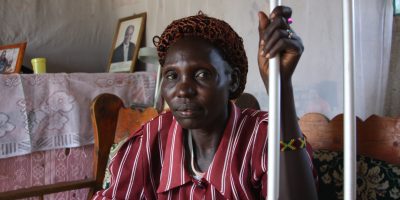
Case Studies
Understanding Sociocultural Dynamics to Enhance Control of Rift Valley Fever (RVF) Epidemics in Kenya
Case study addressing the issue of food shortage and economic losses
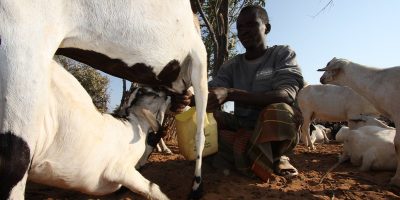
Case Studies
Rift Valley Fever: Local Knowledge, Health-Seeking Behaviours and Attitudes Towards Vaccination in Southern Uganda
Case study addressing the challenge of vaccine uptake and regulating the unknown
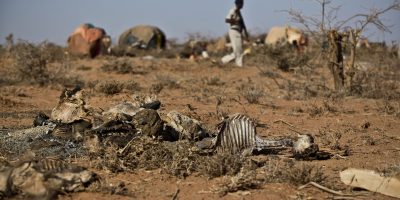
Background Reports
We Do Not Bury Dead Livestock Like Human Beings: Community Behaviors and Risk of Rift Valley Fever Virus Infection in Baringo County, Kenya
Rift Valley Fever (RVF), is a viral zoonotic disease transmitted by Aedes and Culex mosquitoes. in Kenya, its occurrence is associated with increased rains. in Baringo County, RVF was first reported in 2006-2007 resulting in 85 human cases and 5…
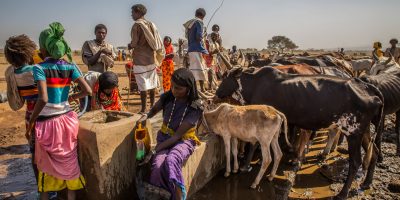
Background Reports
Perceived Risk Factors and Risk Pathways of Rift Valley Fever in Cattle in Ijara District, Kenya
Ijara district in Kenya was one of the hotspots of Rift Valley fever (RVF) during the 2006/2007 outbreak, which led to human and animal deaths causing major economic losses. The main constraint for the control and prevention of RVF is…
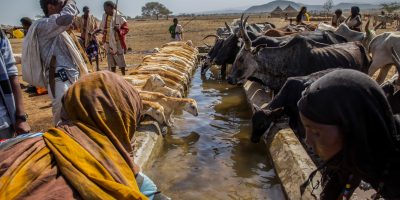
Background Reports
Recent Outbreaks of Rift Valley Fever in East Africa and the Middle East
Rift Valley fever (RVF) is an important neglected, emerging, mosquito-borne disease with severe negative impact on human and animal health. Mosquitoes in the Aedes genus have been considered as the reservoir, as well as vectors, since their transovarially infected eggs…
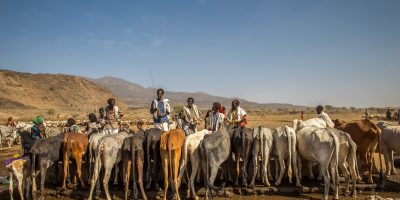
Background Reports
Sociocultural and Economic Dimensions of Rift Valley Fever
Health researchers have advocated for a cross-disciplinary approach to the study and prevention of infectious zoonotic diseases, such as Rift Valley Fever. It is believed that this approach can help bring out the social determinants and effects of the zoonotic…
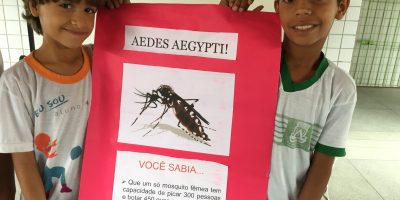
Briefings
Evidence Reviews
Zoonoses From Panic to Planning
This Rapid Response briefing from the Dynamic Drivers of Disease in Africa Consortium sets out recommendations for a new, integrated ‘One Health’ approach to zoonoses that moves away from top-down disease-focused intervention to putting people first.Over two thirds of all…
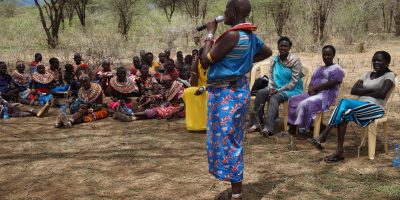
Evidence Reviews
Research Update and Situation Analysis – Kenya
The Dynamic Drivers of Disease in Africa Consortium is an ESPA1-funded research programme designed to deliver much-needed, cutting-edge science on the relationships between ecosystems, zoonoses, health and wellbeing with the objective of moving people out of poverty and promoting social…

Tools
A Toolkit for Integrated Vector Management in sub-Saharan Africa
This toolkit for integrated vector management (IVM) is designed to help national and regional programme managers coordinate across sectors to design and run large IVM programmes. It is an extension of earlier guidance and teaching material published by the World…


